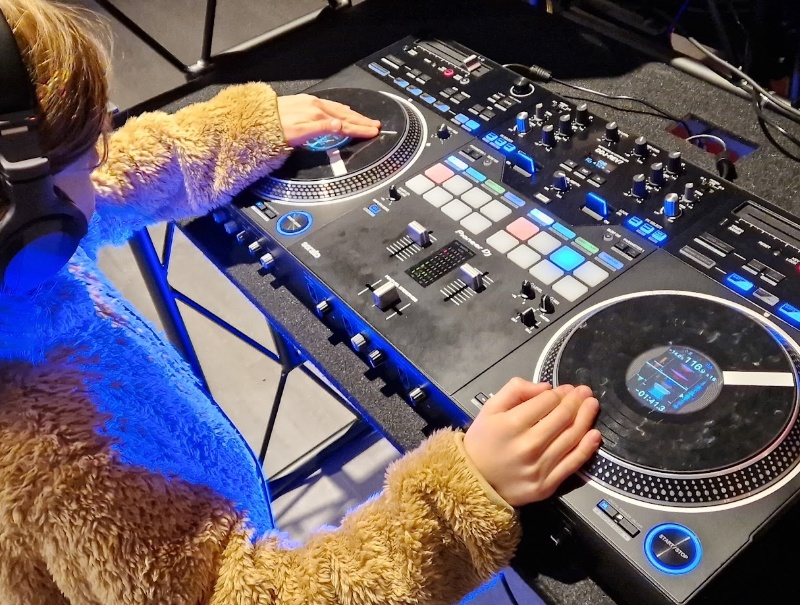Lectures and tutorials: the communication chain, elementary acoustics, the ear and hearing, room acoustics, microphones and loudspeakers, analogue and digital representations of sound, stereo and spatial audio, digital audio technology, music as an information carrier, the human voice, speech technology.
Laboratories: measurements of one's own hearing, representation and distortion of signals, musical representation and musical expression.
Field trip: patching exercise with a mixing desk, visit to a recording studio.
On completion of this course, you should be able to
- describe the different levels of representation in acoustic communication, and categorise given phenomena and problems to the correct level,
- make a qualified judgment as to whether communication by sound will work in different given circumstances, including distance, number of people, equipment, venue, programme material, ambient noise, user interfaces and storage media.
In order to reach these overall goals, you must be able to
apply wave theory and concepts of elementary acoustics to describe how sound with different wavelengths from different sources will propagate in given environments,
apply basic knowledge of the capabilities and limitations of human hearing in judging sounds for audibility, localisation and health hazards,
make simple calculations of delays, RMS values, acoustic pressures, powers, intensities, levels in dB, and room acoustic metrics; and select formulas that are appropriate for solving a given problem,
explain qualitatively what a spectrum of a sound represents, and how it may be modified by filters,
account for acoustical and electrical particularities of common types of microphones and loudspeakers,
describe at a functional level (such as block diagrams) how sound signals are represented and processed in analog and digital forms,
recognise common types of distorsion and unwanted sounds by ear,
account in general terms for how various features in speech and music signals are carriers of information,
describe current speech technology with regard to main principles, application areas, potential and limitations.
